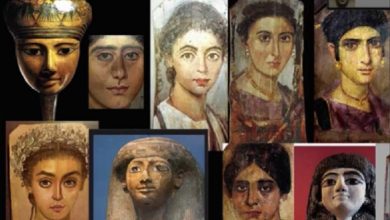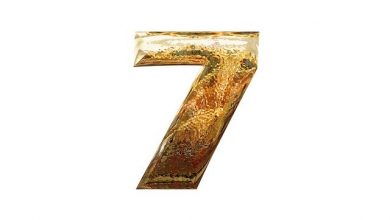What traditions do Zoroastrians observe and which ones were they forced to abandon?

How do you hear about Zoroastrianism and its traditions? But this religion has existed longer than other world religions, preserving the traditions that were familiar to the contemporaries of Tsar Darius I and Alexander the Great and were not lost in subsequent centuries, despite how the world has changed during this time.
The veneration of fire, a special attitude towards dogs, white clothes, and the Nowruz holiday are just a few of the traditions behind which a whole history and the whole world are hidden.
Origins of Zoroastrianism
This religion arose a very long time ago, in ancient times – it is older than Judaism, and even more so – Christianity and Islam. Zoroastrianism got its name from the name of its founder and prophet Zarathushtra – this is how this name was pronounced in his native language.
The Greeks slightly altered – highlighting the word “star” (“aster”), and so it turned out “Zoroaster” and, accordingly, “Zoroastrianism”. In general, the name of the prophet is believed to be translated approximately as “one who can control camels”. There is nothing out of the ordinary in such a name, historians say, and therefore it is likely that Zarathushtra is a historical character and not just part of a legend. But there is no evidence of this and probably cannot be.
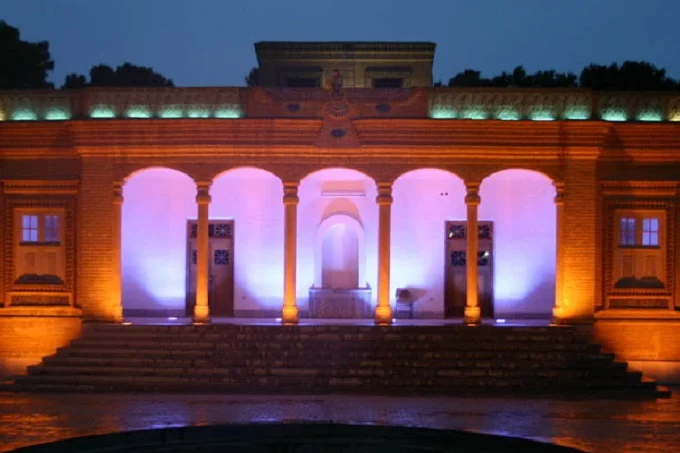
According to legend, Zoroaster received a revelation at the age of thirty, when one day the god Ahura Mazda appeared to him, not the only divine being existing in the world, but the main and most powerful, the lord of decency and justice. It cannot be said that Zoroaster created the whole concept of this dogma from scratch: the Iranian and Indian peoples already had by that time well-established ideas about the world order, there was a place in it for deities and heroes of myths, there were also rituals from which the Zoroastrian cult would later develop a fire.
Where exactly Zoroaster lived is definitely not known, perhaps in the Iranian Highlands. Religion did not become widespread immediately, but about five hundred years after its appearance, it was dominant in the East, for example, in the ancient Iranian states. The kings of the Sassanid dynasty made Zoroastrianism the main religion not only of their family but also of the state.
Interestingly, just as in ancient times, the Zoroastrian communities consisted of the class of priests and the class of warrior-shepherds – those who in peacetime were engaged in agriculture, and in case of war they took up arms, so now, in the modern world, echoes of that order are still preserved. To be a priest (Mobed, Mobad or Mowbed), for example, can only be born in this class, you cannot become one if you were not born the son of a mobed.
Some Important Features of the Zoroastrian Religion
The main precepts of Zoroastrianism boil down to the fact that a person must constantly take care of his spiritual self-improvement. Parents should be treated with respect and gratitude, children should be cared for, and the weak and sick should be treated with compassion. Every follower of this religion makes sure that his thoughts, words, and deeds are good and avoid evil. “Happiness is to those who wish happiness to others.”
For all the “evil” in the philosophy of Zoroastrianism, a deity named Ahriman is responsible, his army is made up of the spirits of the “devas”. As long as the world exists, good and evil principles are in opposition. God Ahura Mazda created six immortal saints guarding the world, each of them is related to a certain area of life. For example, Khaurvatat is the patroness of water and health.
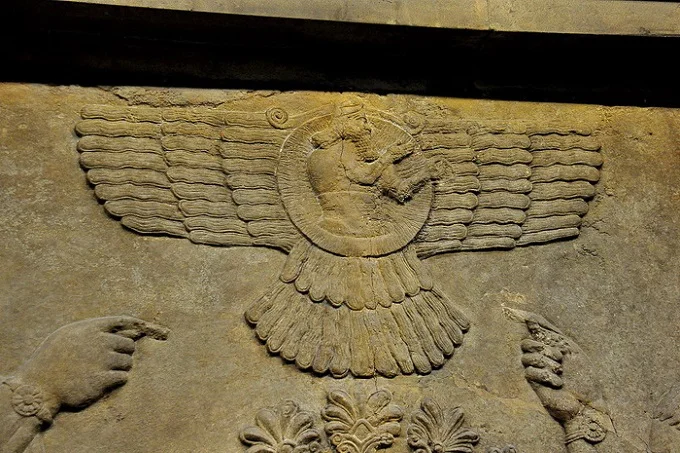
The purpose of Ahriman is the defilement, pollution of man, and the sacred elements, therefore it is very important for Zoroastrians to follow certain rules that ensure purity – not only thoughts and deeds but also clothes, houses, temples.
You can not touch “unclean” objects, including some plants and animals (for example, snakes). In this sense, all farm animals are considered clean, and besides them, dogs especially revered animals, are believed to see evil deva spirits.
The traditional clothing of a Zoroastrian is a white sudre shirt, with a kushti belt tied on top, which needs to be tied up in a number of cases, for example, before prayer or as part of any rite. Pray – turn to Ahura Mazda – should be several times a day. The texts of prayers are in the holy book of the Zoroastrians – “Avesta”.
Recordings of the Avesta appeared relatively late, for centuries, the texts did not exist in written form, but were preserved by priests and transmitted orally. The appearance of the “Avesta” dates back to about the 5th century AD.
The language in which the sacred book for the Zoroastrians was compiled is called Avestan, it is an ancient Iranian dialect. The “Avesta” includes several texts – “Yasna”, “Yashty”, and “Videvdat”, and its most significant part is associated with the hymns of Zoroaster.
The cult of fire and other traditions of the Zoroastrians
Another name for the Zoroastrians is “fire-worshippers”, and indeed, among other elements, this one occupies a special place in their perception, although they do not worship fire as a deity. Light, the sun, not only the Zoroastrians associated with higher powers – this is an indispensable condition for life, not without reason in many religions the sun and its symbols are so revered. Zoroastrians see the manifestation of God in the world in fire, and there are many varieties of this fire for the followers of the religion.
The fire that is in a person, the fire in plants, the fire of the hearth, the fire of lightning, and finally, the sacred fire that is placed on the altar and worshiped – all these are components of a large and complex cult, traditions, perhaps the oldest and most important in Zoroastrianism. It was not allowed to approach the fire “unclean” – for example, the sick, women in a certain condition, or after childbirth. Fire temples have been built for a long time, in some, it has been maintained for centuries. The Zoroastrians have preserved many of the ancient traditions associated with fire to this day.
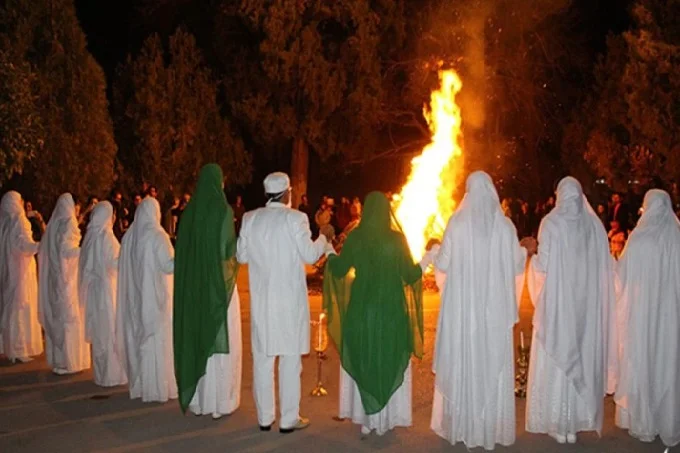
But one of the customs of the Zoroastrians, associated with burial, has undergone a relatively recent revision and, probably, will soon finally come to naught. According to Zoroastrian notions, death is evil, and a dead person cannot be buried in the ground, betrayed by water or fire, since in this way, the element will be desecrated. Therefore, after death, the human body was placed in a specially built “tower of silence” – a structure about 4-5 meters high. Up there, the deceased was left chained to the tower, and his remains were gradually eaten by vultures and dried out by the sun. The bones were then thrown into a special well.
At present, the tradition has changed – now the deceased is buried in a grave, which is previously cemented – so there is no contact with the ground, and one of the main rules is not violated. And in total, there are now more than a hundred thousand followers of Zoroastrianism in the world. According to the Avesta, a decisive battle with evil awaits the world, in which the Savior will fight on the side of good – his coming is predetermined by the sacred books for the Zoroastrians.
Zoroastrianism has influenced all world religions, the same magi who came to bow to the baby Jesus are considered adherents of this religion. Some of the traditions of the Zoroastrians have taken root in the new historical conditions, for example, the celebration of the new year, Nowruz, which falls on March 21st. In addition to Zoroastrians, residents of Muslim countries also congratulate each other on this day.

